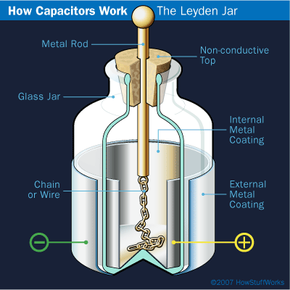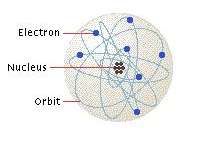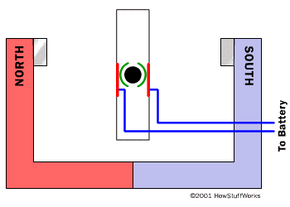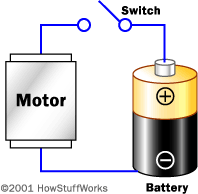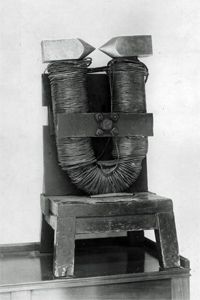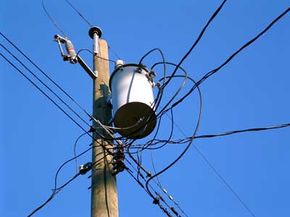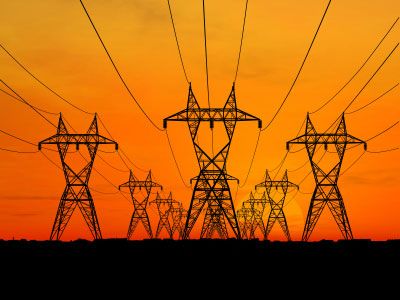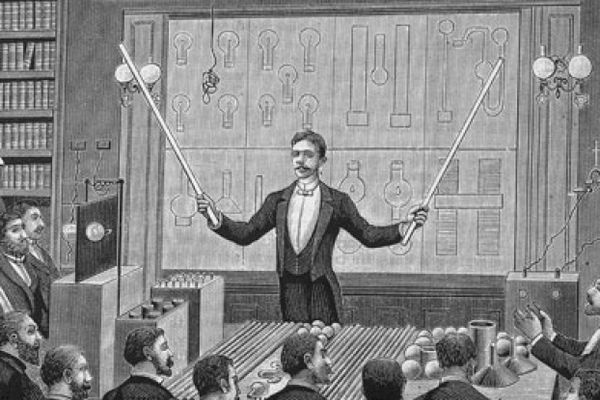Humans have an intimate relationship with electricity, to the point that it's virtually impossible to separate your life from it. Sure, you can flee from the world of crisscrossing power lines and live your life completely off the grid, but even at the loneliest corners of the world, electricity exists. If it's not lighting up the storm clouds overhead or crackling in a static spark at your fingertips, then it's moving through the human nervous system, animating the brain's will in every flourish, breath and unthinking heartbeat.
When the same mysterious force energizes a loved one's touch, a stroke of lightning and a George Foreman Grill, a curious duality ensues: We take electricity for granted one second and gawk at its power the next. More than two and a half centuries have passed since Benjamin Franklin and others proved lightning was a form of electricity, but it's still hard not to flinch when a particularly violent flash lights up the horizon. On the other hand, no one ever waxes poetic over a cell phone charger.
Advertisement
Electricity powers our world and our bodies. Harnessing its energy is both the domain of imagined sorcery and humdrum, everyday life -- from Emperor Palpatine toasting Luke Skywalker, to the simple act of ejecting the "Star Wars" disc from your PC. Despite our familiarity with its effects, many people fail to understand exactly what electricity is -- a ubiquitous form of energy resulting from the motion of charged particles, like electrons. When put to the question, even acclaimed inventor Thomas Edison merely defined it as "a mode of motion" and "a system of vibrations."
In this article, we'll try to provide a less slippery answer. We'll illuminate just what electricity is, where it comes from and how humans bend it to their will.
For our first stop, we'll travel to Greece, where inquisitive ancients puzzled over the same phenomena that zaps you when you touch a metal object after shuffling over the carpet on a cold, dry day.

